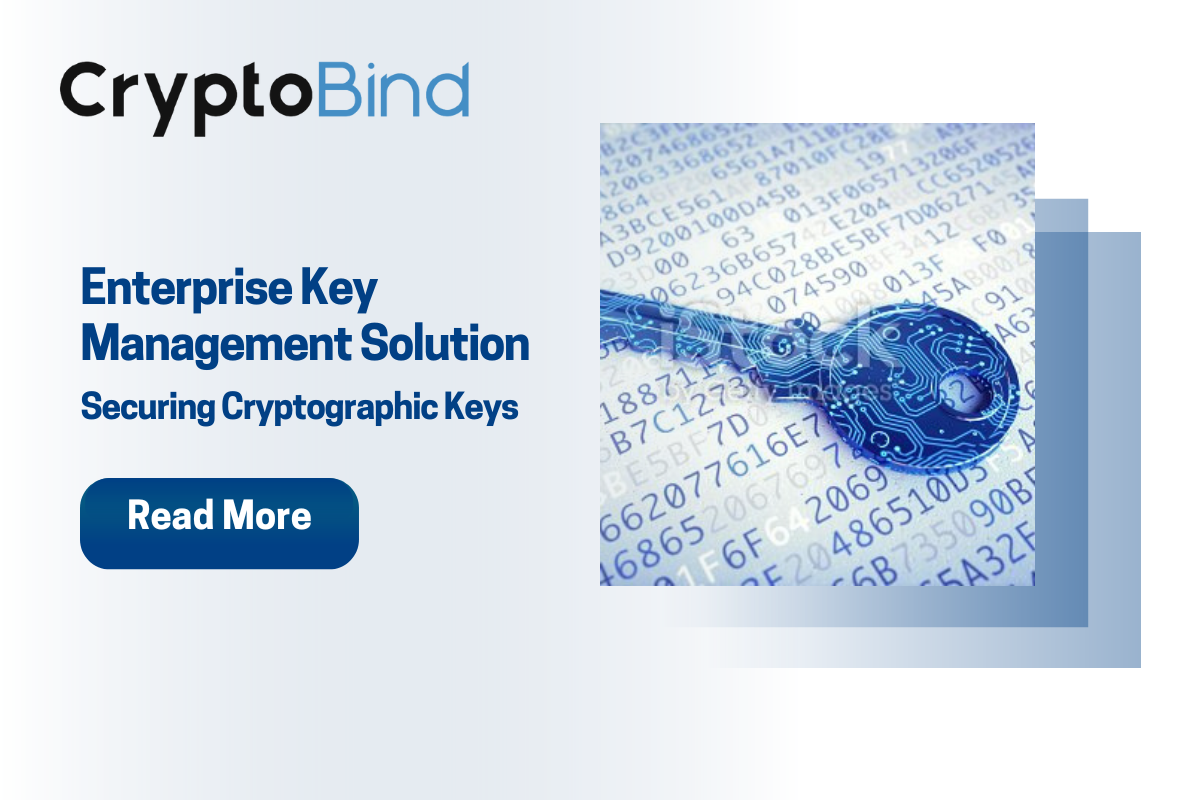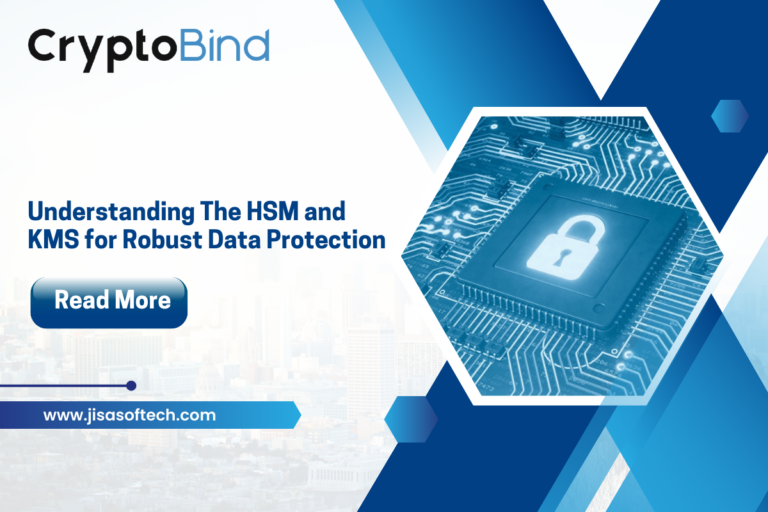What is Key Management? How does Key Management work?
With the rising number of data breaches around the world, it’s more important than ever to manage customer data securely. Cybercriminals are taking advantage of consumer data from well-known brands and even startups that have only recently entered the digital world. Regardless of the size of a company, necessary measures to enhance the first line of defense should be considered, especially for companies that provide digital platforms for buyers and subscribers.
Data breaches affect businesses of all kinds today, and legal frameworks are trying to keep up with the ever-evolving cyberattacks that result in compromised data.
Encryption is critical to security if your company deals with sensitive data. Encryption is now a requirement, but your encryption method is only as good as your key management.
What is Key Management?
Key management refers to the process of keeping track of cryptographic keys within a cryptosystem. At the user level, it deals with producing, exchanging, storing, utilizing, and replacing keys as required. Key servers, user procedures, and protocols, as well as cryptographic protocol design, are all part of a key management system. Successful key management is critical to the cryptosystem’s security.
Any security system would be incomplete without cryptographic keys. From data encryption and decryption to user authentication, they handle it all. Any cryptographic key breach might bring an organization’s entire security infrastructure down, allowing attackers to decode sensitive data, authenticate as privileged users, or get access to other sources of secret information. Fortunately, proper key management and its components can assure the security of sensitive data. The process of establishing guidelines to assure the security of cryptographic keys in an organization is referred to as key management. The generation, exchange, storage, deletion, and updating of keys are all part of the Key Management process. They are also in charge of the members’ key access.
It’s difficult to overstate the importance of properly managing encrypted keys. To prevent unwanted access or key loss, which leads to a loss of access to encrypted data, it’s critical to carefully regulate the lifecycle of cryptographic keys.
Enterprise key management enables companies to have a uniform key management strategy that can be applied across the organization. HSM vendors can assist organizations protect their information and ensure industry compliance by providing successful ongoing management of encrypted keys for companies that employ a hardware security module (HSM).
How does Key Management work?
It’s crucial to understand how the integration of all cryptographic keys into one system protects a company’s assets when addressing the issue of what are enterprise key management solutions.
Any company that deals with personal data is supposed to encrypt it, but keeping all encryption key information on the same servers as the protected data might make it an easy target for hackers. Encryption keys are stored on a separate but central device, such as an HSM, via enterprise key management. Once data is encrypted, encryption key management is used to restrict and manage device use.
For increased security, centralized key management allows keys to be maintained uniformly across platforms, operating systems, and business locations. This can assist a company in quickly recovering data, identifying a missing key, and reducing key management expenditures.
Centralized key management is becoming more important as more businesses encrypt data to comply with company-wide policies and regulations. The more data you encrypt, the more cryptographic keys you’ll need to keep track of to avoid a security compromise.
Key management follows a lifecycle of procedures that are required to guarantee the key is securely created, kept, used, and rotated. Most cryptographic keys have a lifecycle that includes
· Key generation
· Use and rollover
· Revocation
· Backup
· Destruction
The first step in assuring the security of a key is to generate it. The next step in the key lifecycle is to ensure that the keys are distributed safely. To maintain the security of the keys being released, they should be distributed to the required user over a secure TLS or SSL connection.
The key is used for cryptographic activities after it has been distributed. To ensure that the key is not misused, copied, or otherwise compromised, it should only be used by authorized users. When a key is used to encrypt data, it must be saved so that it may be decrypted later. A Hardware Security Module (HSM) or Cloud HSM is the most secure method.
When a key’s cryptoperiod, or the time period during which the key is useable, expires, the key must be rotated. When an encrypted set of data’s key expires, it is retired and replaced with a new key.
Destroying a key, whether due to compromise or because it is no longer in use, permanently deletes the key from any key management database or other storage method.
There can be no secure cryptography without strong key management:
Key management is an essential component of your data security strategy. Set up a system that keeps keys safe at all stages of the lifecycle and guarantees that the protocols are flexible enough to meet the needs of your team’s ever-changing work environments.
How we can help you secure your cryptographic keys:
We offer cryptographic solutions to financial institutions, manufacturers, enterprises and government agencies. Our primary product lines include industry-compliant Hardware Security Modules, Key Management Solutions, Tokenization, Encryption, Aadhaar Data Vault, and Authentication solutions. All our Cryptographic solutions are sold under the brand name CryptoBind. Our innovative solutions have been adopted by businesses across the country to handle mission-critical data security and data protection needs.








